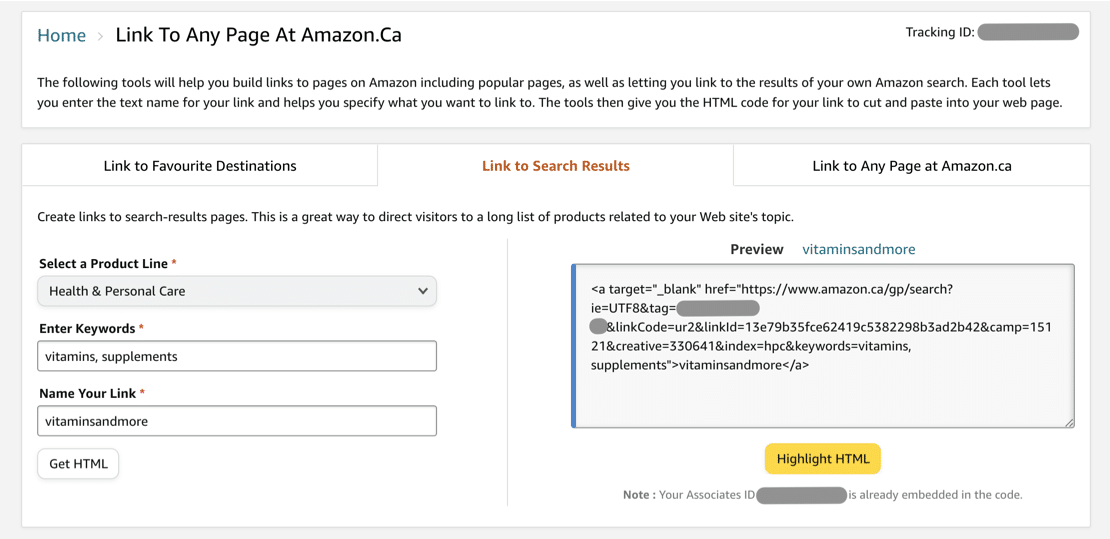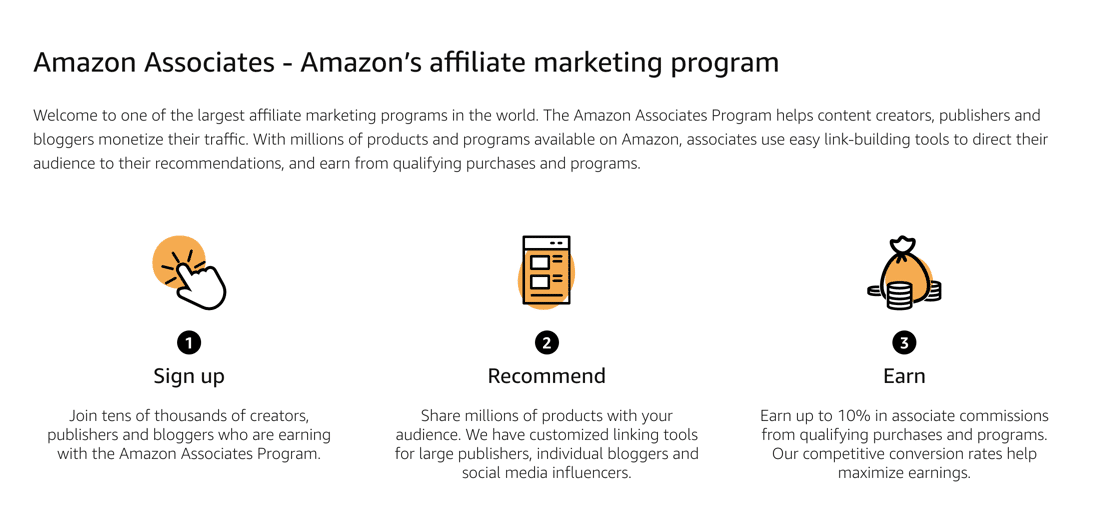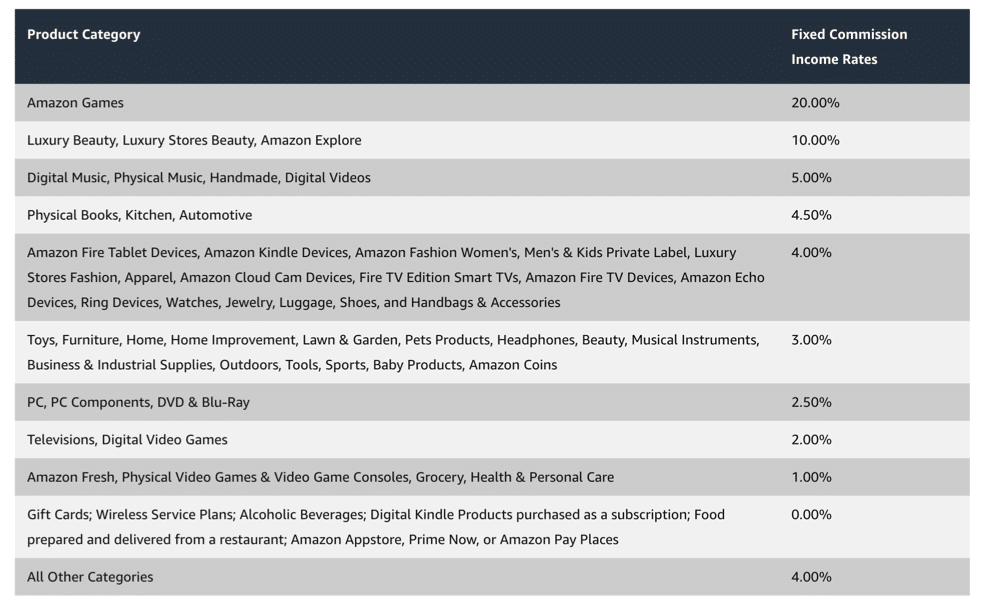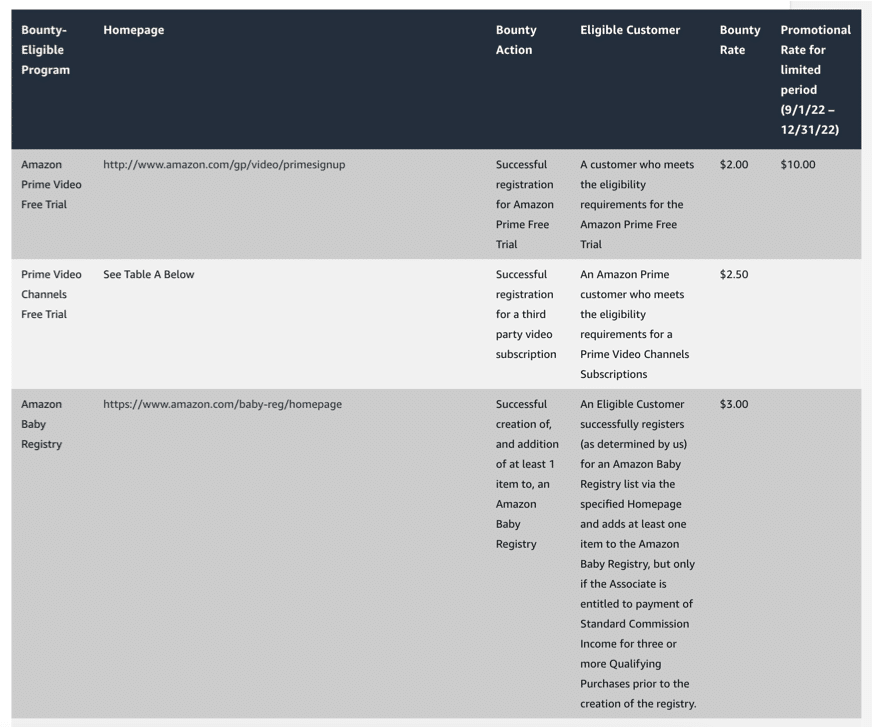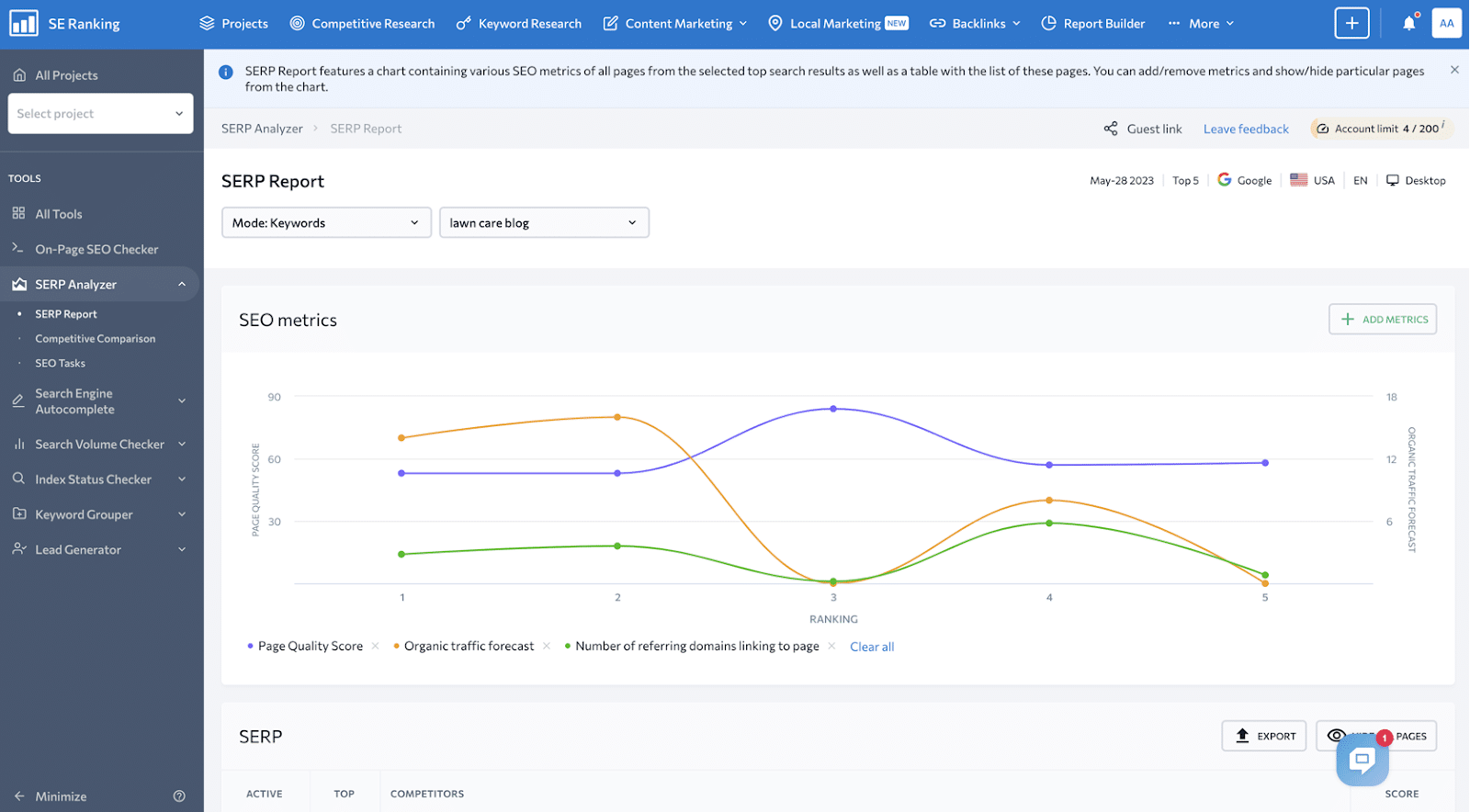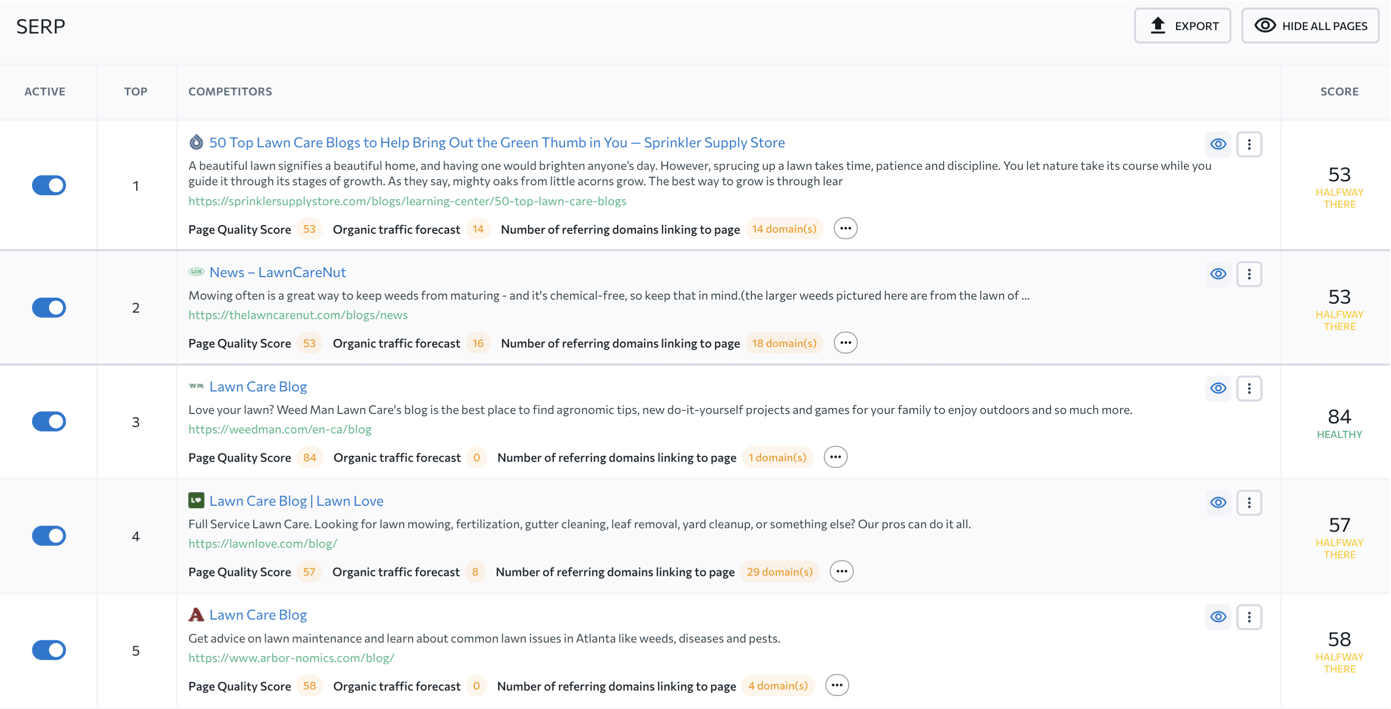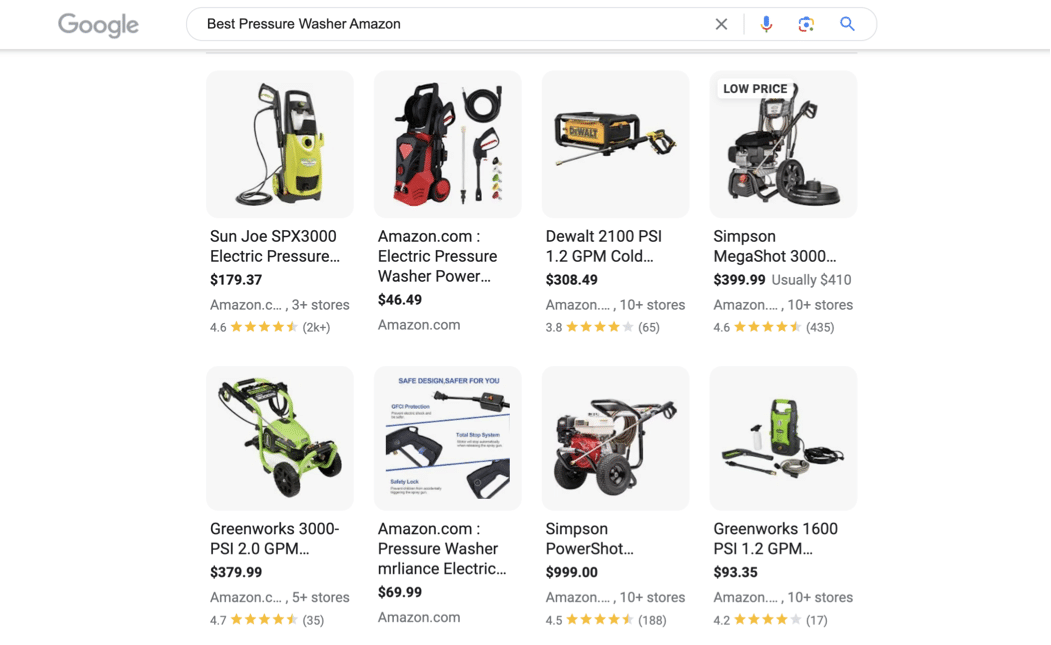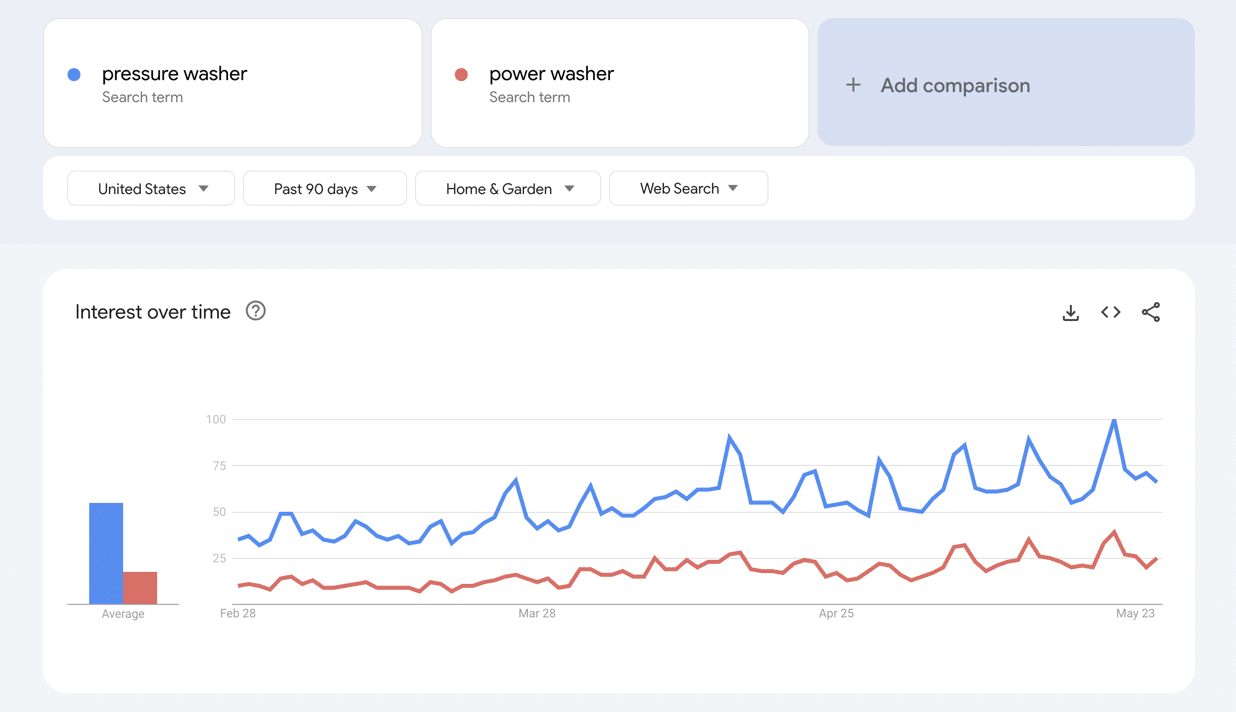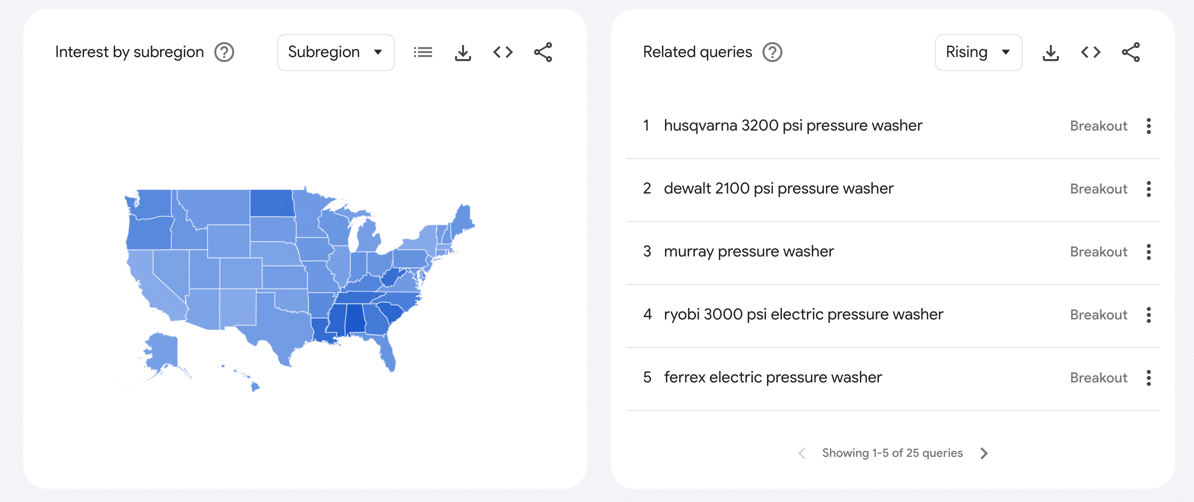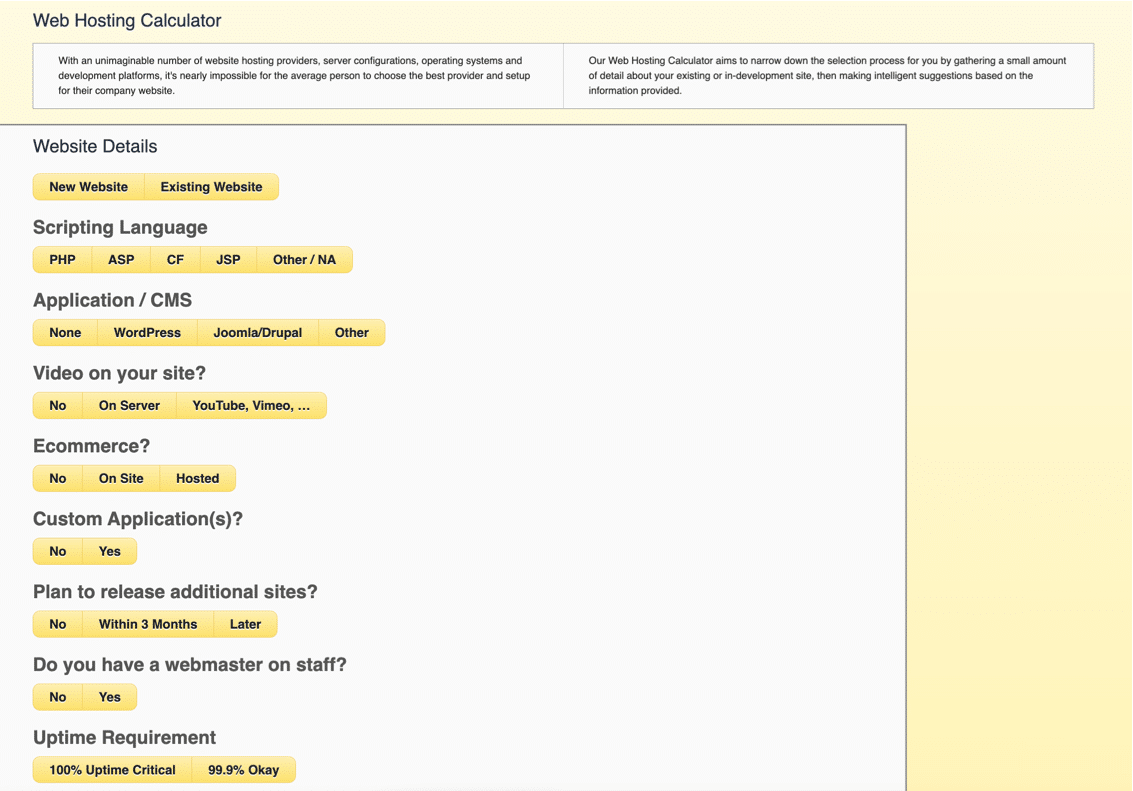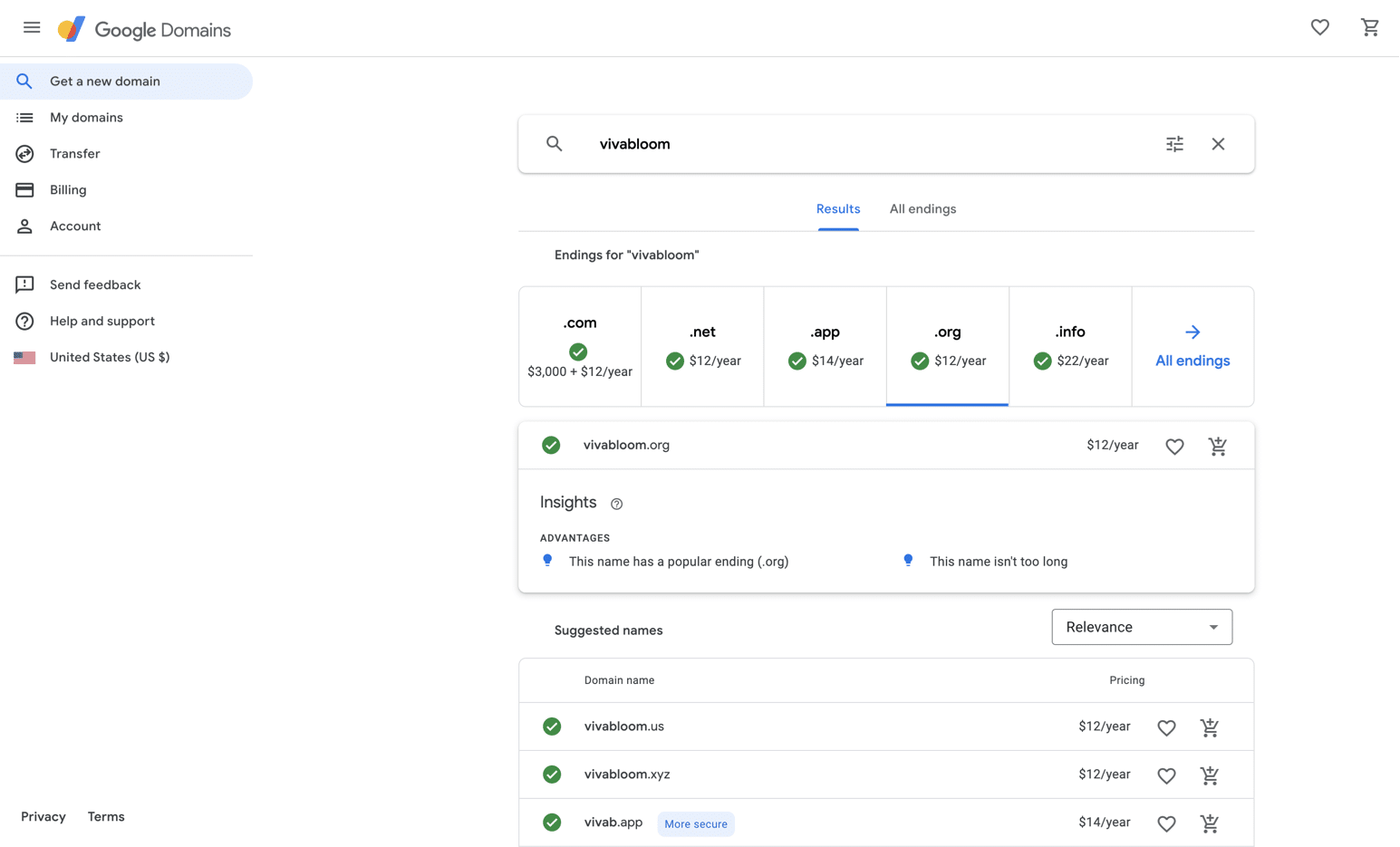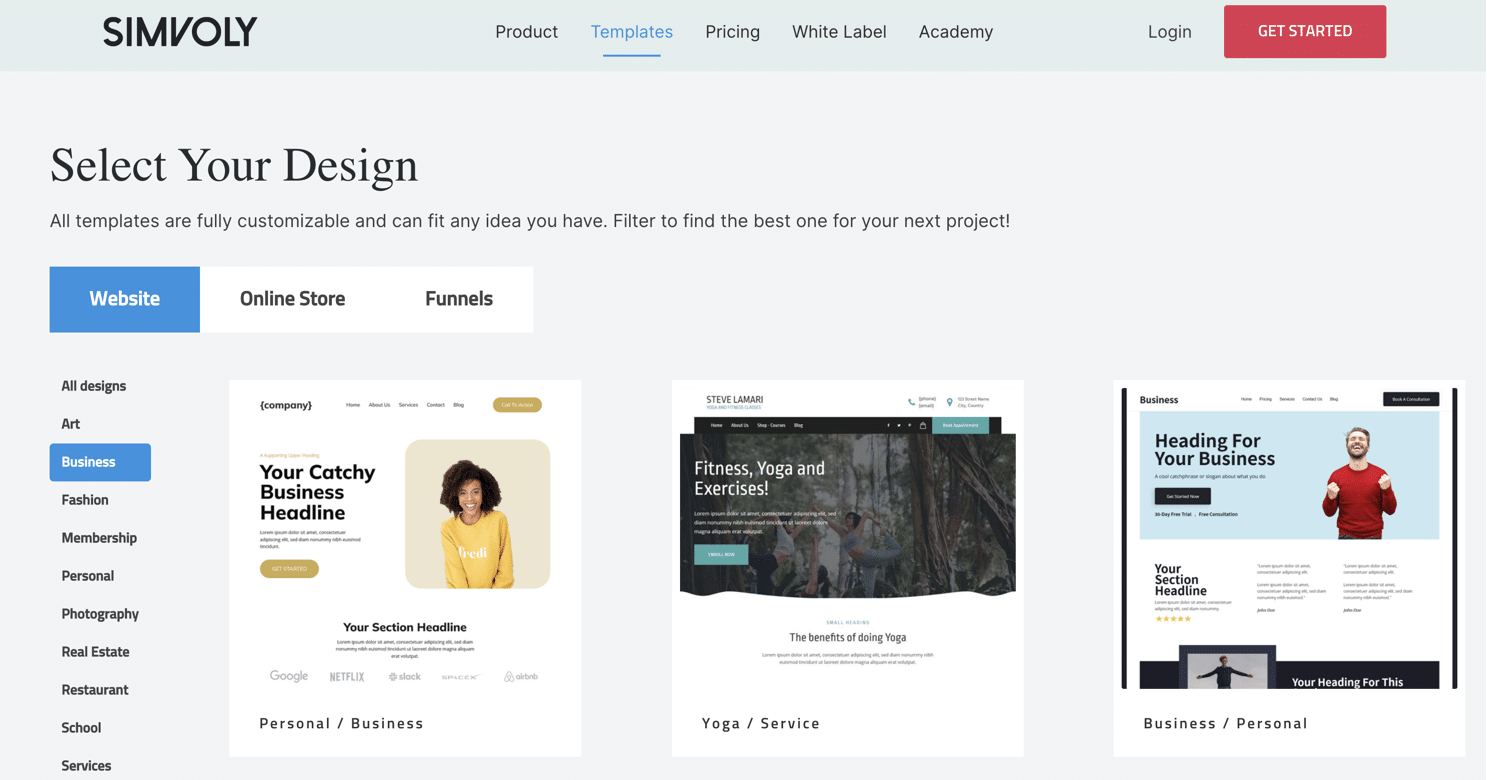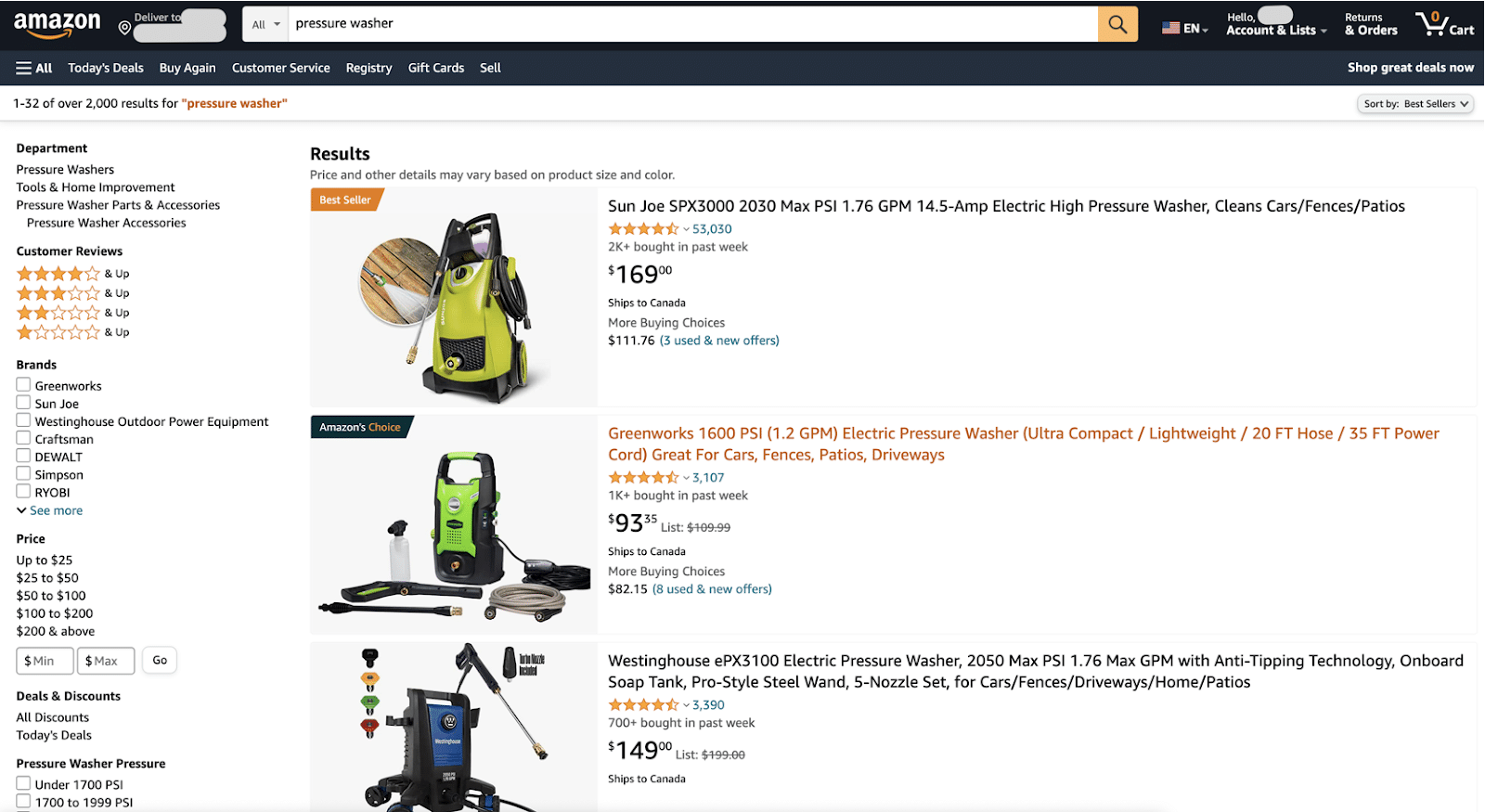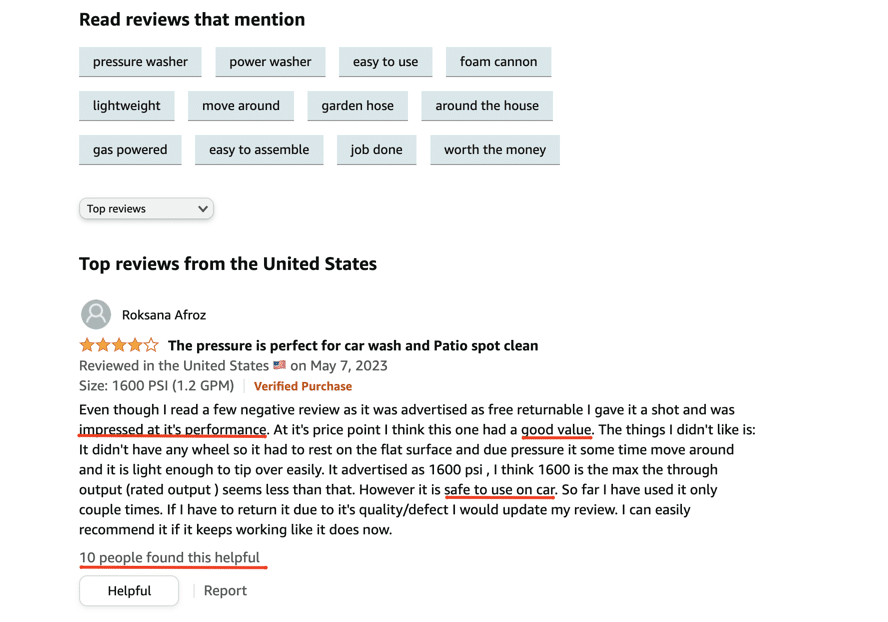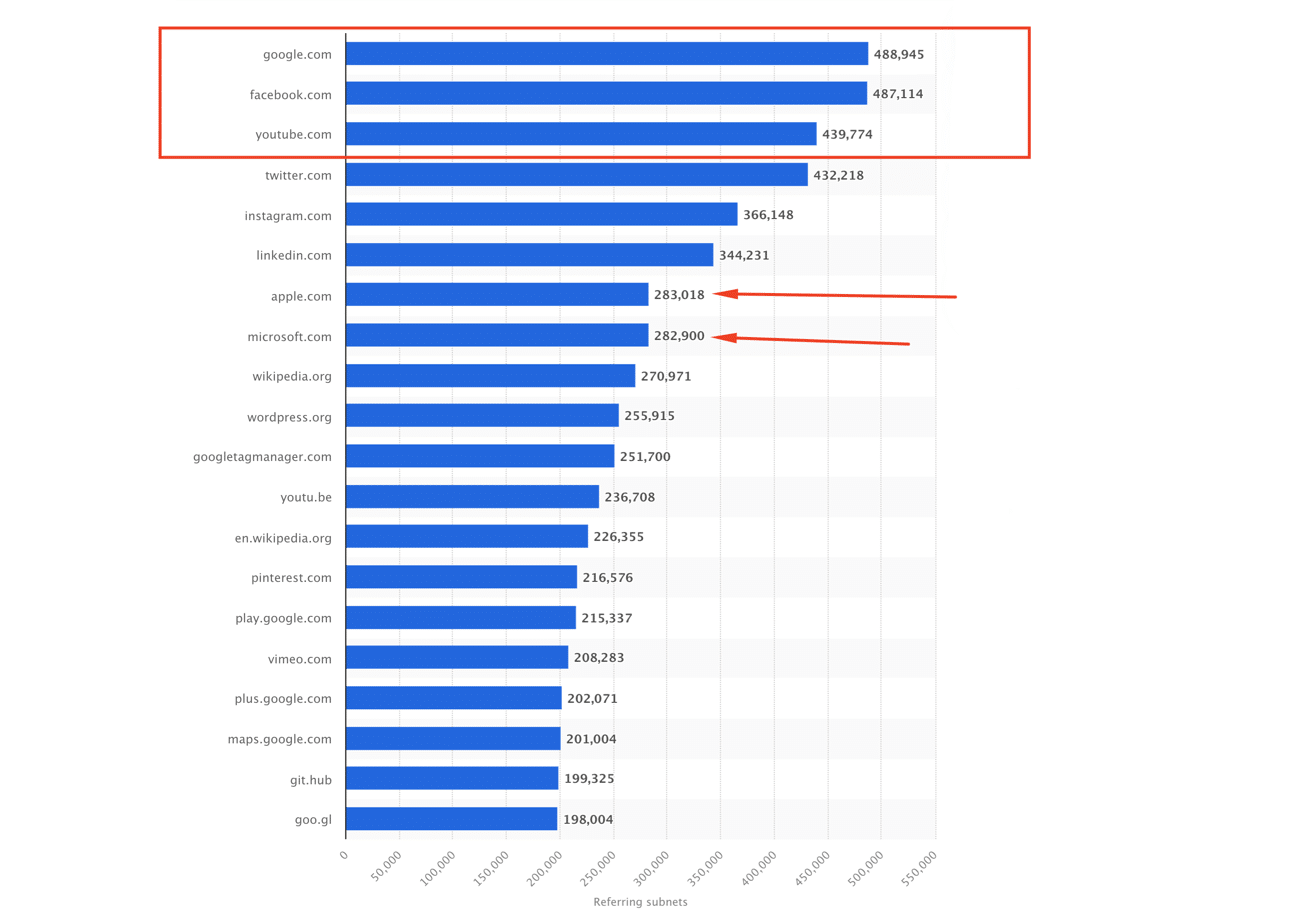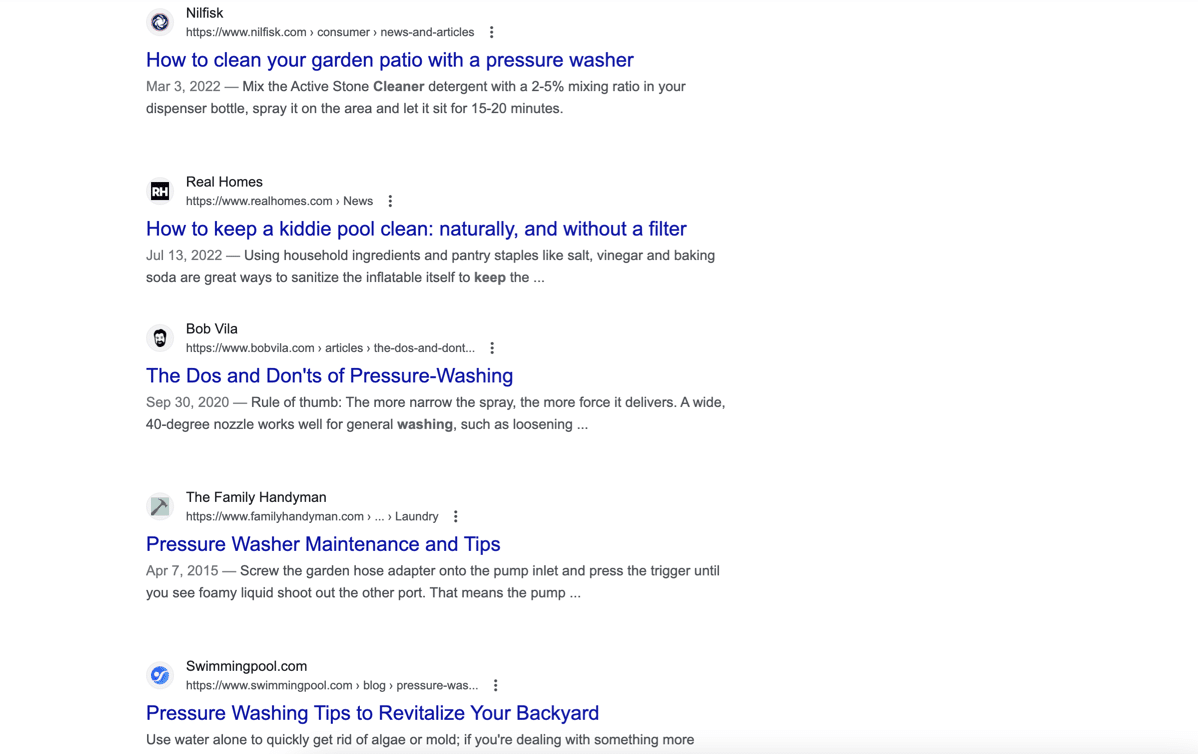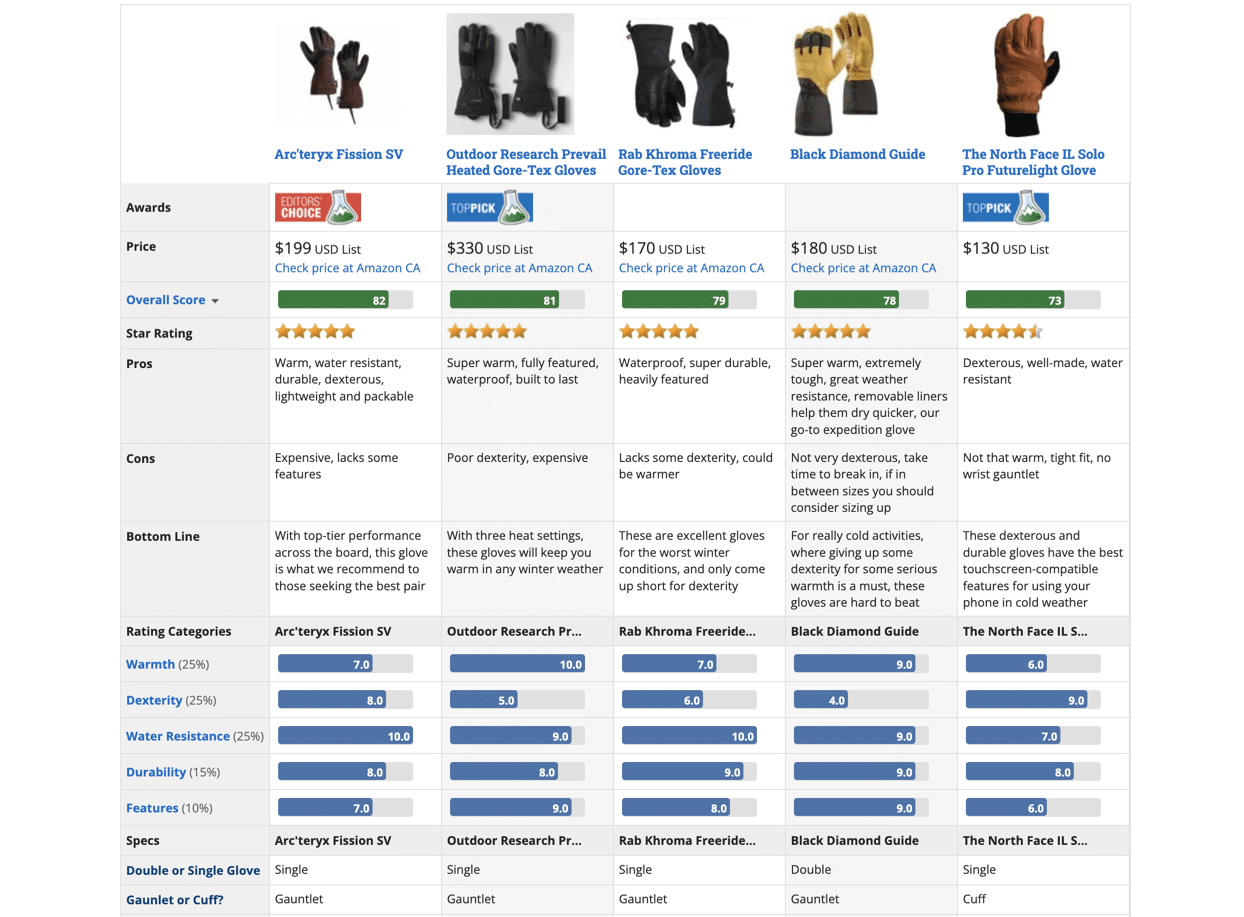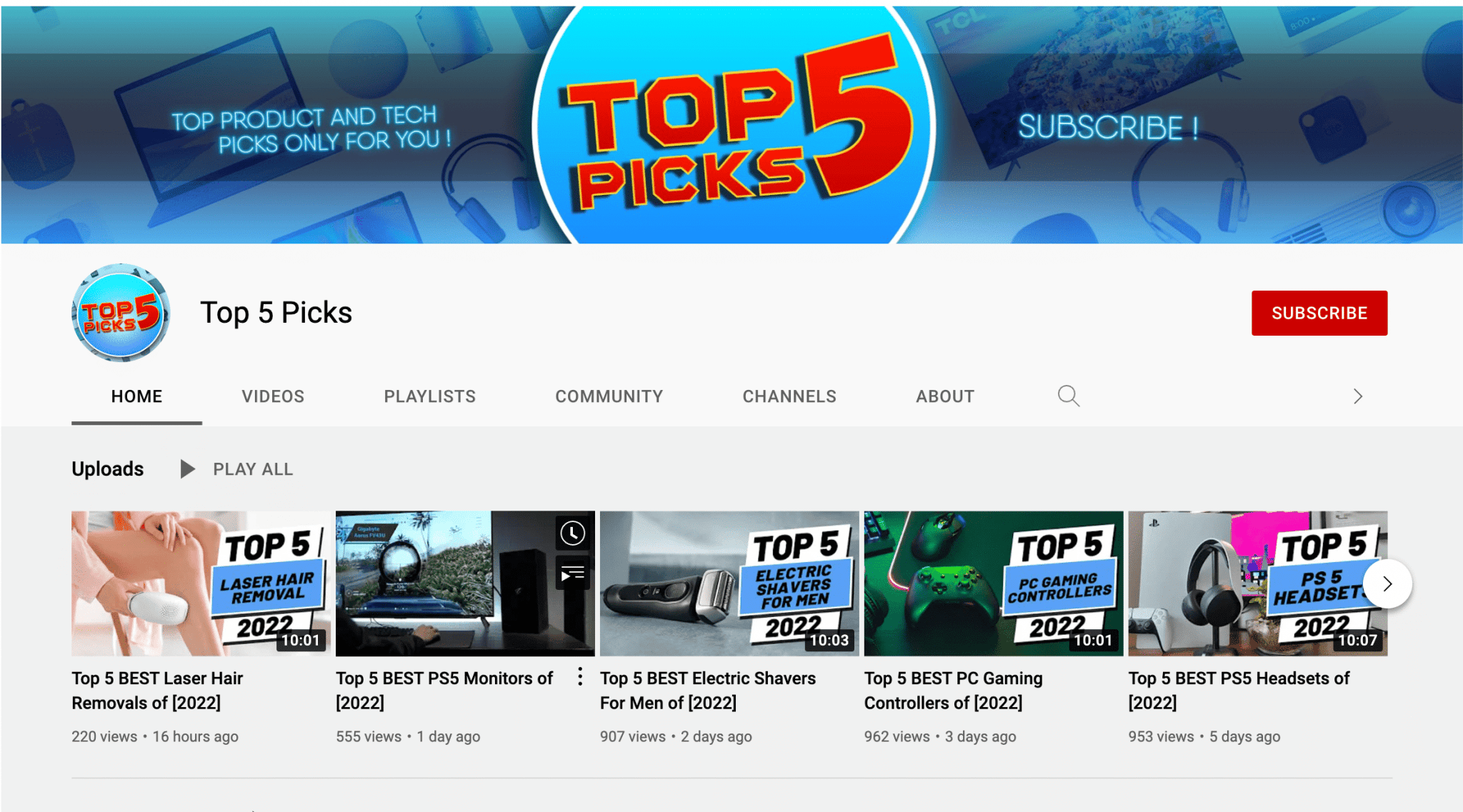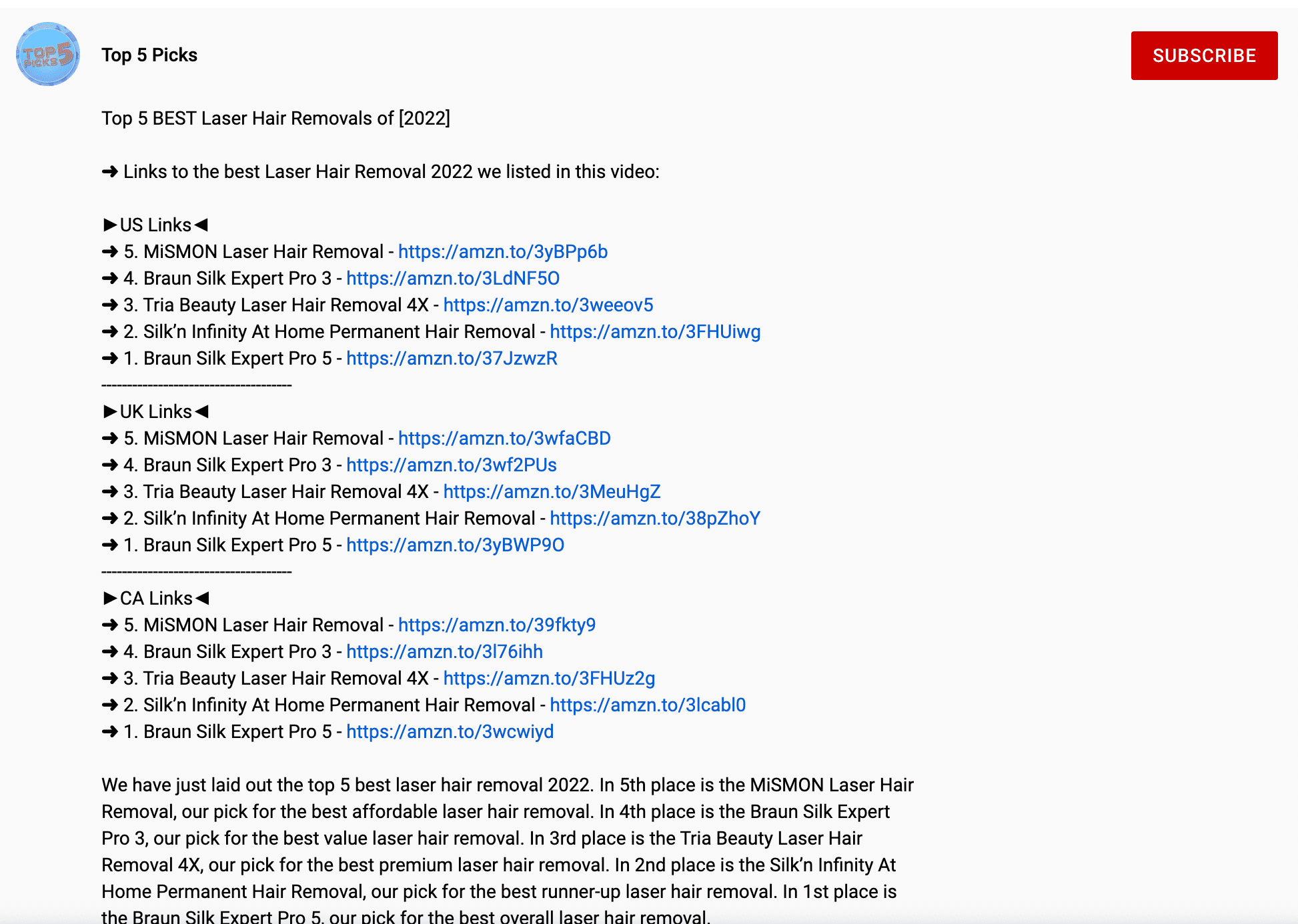How to Build an Amazon Affiliate Website: 6 Hints to Succeed
Earn Passive Income from the Amazon Associates Program

Amazon affiliate marketing can be a very lucrative source of passive income for content creators. However, joining the Amazon Associates Program is not just as easy as signing up and sharing your affiliate link randomly.
This article aims to help you understand the ins and outs of Amazon Associates and clarify the benefits of being an Amazon affiliate. What's more, you will discover how to build an Amazon affiliate website to get that so-awaited commission.
What Is Affiliate Marketing?
Affiliate marketing is an online advertising model wherein a company pays third parties to refer customers back to their sites. These third parties, called affiliates, are usually bloggers, social media influencers, or podcasters, who get a commission every time they successfully lead a customer to the site and the latter buys something.
The process works by assigning unique links to affiliates, which will then be tracked for clicks and purchases. They of course have to comply with advertising guidelines and the terms and conditions of the platforms.
What Is Amazon Associates and How Does It Work?
Amazon Associates is Amazon’s affiliate marketing program. It allows content creators to monetize their traffic by referring customers to product listings.
This is how the Amazon Associates Program works: The affiliate will sign up and after the application is approved, the affiliate may now generate links that they can share on their website. However, note that you only have 180 days from the date of approval to make a successful referral, i.e., have someone purchase from Amazon through your affiliate links. Otherwise, the account will be closed.
Remember that Amazon is pretty smart about tracking orders. This means you will not easily get away with purchasing products yourself or having a family member or friend do it for you.
Now how about if a customer clicks on your link but decides to buy another product instead of the one you referred? Let’s say a customer clicks on your affiliate link that leads to a dog bed product listing at 8 am today. However, he buys nothing. At 3 pm that same day, he places an order for an external keyboard. The good news is you still get credit for any purchases made within 24 hours by someone who clicked on your link. This is because Amazon rewards you for getting a customer to the site, not just to a particular listing.
But take note that if they click on another affiliate link, then you won’t earn any commission from the transaction.
Reasons to Become an Amazon Affiliate
The significant advantage of becoming an Amazon affiliate is that you can partner up with a trustworthy brand having a rich product assortment and millions of regular customers worldwide. So, you don't need to coax visitors to purchase from Amazon as they already know the platform for quality and great buys.
Moreover, the Amazon Associates program is totally free — no hidden fees or membership costs, as well as no sophisticated requirements to be accepted. The joining process is very straightforward — just sign up, generate affiliate product links, share products with your site audience, and earn commissions from qualifying purchases.
On top of that, by taking part in the program and building an Amazon affiliate site, you can benefit from universal cookies, which allow you to get paid for any product bought on Amazon through your suggestion, and not only the item noted in the referral link.
The Amazon Associates cookie is valid for 24 hours, meaning your visitors should make a purchase within this time-lapse to make you eligible for commissions. Despite this condition, it is still a flexible and profitable program to boost income.
Who Can Be an Amazon Affiliate?
Signing up for Amazon Associates is free. Anyone with a website or social media account can qualify, provided they also meet the other requirements:
- Must have original content (at least 10 posts)
- Content must be publicly available and recent (within the last 60 days)
- The site used must not be “unsuitable”
Currently, Amazon Associates accepts the following social media platforms:
- Facebook—group and fan pages only
- YouTube
- TikTok
- Twitch.tv
In order to qualify, you must have at least 500 organic followers.
How to Build an Amazon Affiliate Website
To sign up for the Amazon affiliate program, your website, mobile app, or social media profile should be fully built and open to users. Amazon will check your marketing channel before authorizing you to promote the platform and products.
Consequently, ideas on how to build an Amazon affiliate website should be efficient and solid, which we will go over next.
1. Find a Profitable Niche for Your Website
In order to market Amazon products successfully, you need to find a suitable niche that matches your interests and fulfills the desired Amazon affiliate program commission rates. The thing is, Amazon’s commission income rates vary by product category, and there are some profitable niches to opt-in, regardless of past pay cuts.
That is why featuring baby products, for example, will bring you much less than advertising music or luxury beauty goods. The following table displays standard commission rates for different product categories.
There is also special commission income for bounty events anointed bounty-eligible programs. This income is related to customer actions like free trial signups, registrations, text alert sign-ups, purchasing gifting memberships, and more.
If any of your niche ideas fall into the 0% or $0 category, remove them from your list, as they will not qualify you for payouts.
Additionally, when picking the right niche, consider reviewing the competitors who already rank for the keywords you want to target with a dedicated SERP Analyzer tool. The feature-packed SERP rank tracker from SE Ranking can help you identify competitors for selected keywords, providing a list of niche opponents with the best online performance.
The software also encloses information about crucial SEO factors for the top search results. The data allows you to determine if you have enough resources to overcome competitors or if it is better to switch to another niche.
2. Gain Product and Keyword Ideas
Once you decide on the right niche, focus on the keywords that will help you develop valuable product reviews, product roundups, and blog posts, as these essential types of content are perfect to showcase on an Amazon affiliate website.
Google is your free helper when conducting keyword research for the first time. Just navigate to Google and input your niche-related keywords to get insights on the search intent and the keywords' overview. Doing so also lets you grasp seed keywords to get a better idea of products to feature.
For instance, let's find some keyword and product ideas from the outdoor power tools niche, specifically pressure washers.
The obtained search results provide an assortment of Amazon products to investigate for forthcoming reviews as well as product keywords to use within the content when describing product pros and cons. Thus, we've got the following keywords to use for content creation:
- Electric pressure washer,
- Cold water pressure washer,
- Portable pressure washer,
- Cordless pressure washer.
Another great tool to find keywords for your Amazon affiliate site if you're just starting out is Google Trends. The platform can help you find topics and keywords for blog posts and product content while paying attention to specific timeframes and geolocation.
The tool also provides related top and rising search queries that you definitely should consider when selecting products for reviews and roundups.
3. Assemble a Backbone for Your Amazon Affiliate Website
So you have the niche, keywords, and products to target, which means it is the right time to actually build your website. The three pillars of any well-thought-out website are robust and reliable web hosting, a short yet memorable domain name, and responsive and user-friendly website design.
A proper website hosting provider is essential because it can ensure the stable and quick loading of your site, as well as its accessibility. Therefore try to understand your site's purpose and functionality so that you can pick the most accurate hosting plan.
Remember that an eCommerce website needs more profound hosting features than a blog, and pay attention to the web host's support, customization options, ease of setup, and pricing. Try using the website hosting calculator to narrow down the choices and assume the hosting components you need.
The address of your Amazon affiliate website also matters a lot, as it influences the way visitors identify your site and affects its credibility. Avoid long domain names and pay attention to domain extensions to make sure you choose a clear top-level domain, for example, .com or .org, that reflects the idea of your website or blog. If you need to learn how to build an Amazon affiliate website with the right domain name, check Google Domains to get started.
In fact, there are hosting services that cover a free domain with a particular plan. You can benefit from such an option to facilitate the process and circumvent having to register on a different platform.
When choosing your site's future design, bear in mind that design affects the user experience (UX), site speed, and first impression. So, consider the best website builders or content management systems (CMSs) and pick a tool that will help you create your site seamlessly.
Some popular website-building tools have pre-made templates and themes to help you achieve a smooth site design without any professional background. For example, explore Elementor for WordPress, Simvoly, or Weblium. These tools allow you to compose captivating website pages without coding by adjusting settings and content blocks in a visual mode.
4. Create Highly Engaging Content
After all matters regarding how to build an Amazon affiliate website are left behind, concentrate on your website content. As an Amazon Associate, you should feature niche-specific goods on your site, and it is only possible to forge a copy that is worth seeing with the help of a strategy.
So, divide your content into three primary groups:
- In-depth individual product reviews,
- Comprehensive product roundups,
- All-out blog articles.
To grasp some ideas on product selection, visit Amazon's catalog. There is a diversity of products in each category, so pay attention to the products with the highest ratings and check their customer reviews.
You can write your review content based on research. Examine customer reviews, outline product pros and cons, and note concerns and wonders customers face using the product.
Another solution is to test the products yourself. This offers you more of a creative way to draw readers and promote sales. Nevertheless, it requires an extra budget to buy goods for testing.
Whether you check Google SERPs or Amazon catalog, you will undoubtedly find products to share on your website. However, obtaining content ideas is not the most challenging part.
Your inspiration to blog on an ongoing basis can be a hard nut to crack, and of course, your manner of content creation. Don't hesitate to add humor to your reviews and consider enhancing the text content with videos or images showcasing the product use. The main thing here is to be sincere with your audience.
5. Strive for Organic Traffic with the Help of SEO
Indeed, it is crucial to implement SEO essentials when building your Amazon affiliate website. However, SEO basics are broad and include multiple components that require a separate knowledge base. Here we aim to spotlight two aspects of SEO that need precise attention when creating your site — internal links and backlinking.
To drive more traffic, you need a one-of-a-kind content hierarchy that composes a robust ecosystem for internal linking. Your winning strategy is to create compelling and informative content directories and hubs featuring product roundups and linking to individual product reviews.
Having an evergreen blog with many helpful product assessment pages can help to feature top article and hub pages, namely cornerstone content, which is the room for better SEO rankings.
What’s more, Statista has shown a report displaying websites with the largest number of backlinks according to the global Majestic Million ranking. Google, Facebook, and YouTube take the top three, while Apple and Microsoft hit the top ten.
This data shows the direct impact of backlinks on the brand’s authority and recognition. If industry leaders strive for backlinks, you definitely should strive for them too. Hence, consider pursuing blogs on niche-related topics to ask for link inclusion mentioning your product roundup or hub where applicable.
Thus, for example, if marketing outdoor power tools from Amazon, search for gardening and lawn care blogs revealing tips and tricks employing products from your list. This will help you to collect valuable backlinks.
Here is a list of topics to consider when searching for websites related to using pressure washers:
- How to clean your outdoor furniture with a pressure washer
- How to clean your patio with a pressure washer
- The dos and don'ts of pressure washing
- Pressure washer maintenance and tips
6. Capture Users to Click on Your Affiliate Links
Amazon makes generating affiliate links instantly simple, but your mission is to make them visible and clickable. The ideal referral link is a high-traffic spot that brings you regular commission income. But how can you achieve that?
Firstly, get the most out of your site design to emphasize the Amazon links on your pages — add catchy buttons, accurate colors, etc., to make your links look striking.
Then enhance the top-of-page body content with tables featuring the products you highly recommend to help readers check information on the go. A great example of this practice is product roundups from Outdoor Gear Lab.
Additionally, go the extra mile to make people trust your opinion and choice by creating authentic and honest product reviews.
Amazon Affiliate vs. Amazon Influencer Program
Both Amazon Affiliate and the Amazon Influencer Program follow the same advertising model: they refer people to product listings and they’re compensated for doing so. However, the Amazon Influencer Program is invitation-only.
People who participate in these programs are generally called affiliates, going by the ordinary definition of the word. But technically speaking, the term affiliates refers to those enrolled in the Amazon Associates program while those in the Amazon Influencer Program are called—you guessed it—influencers.
An influencer is defined by Amazon as “anyone who has a meaningful social media following.” However, the company doesn’t disclose what meaningful means.
Influencers have more advertising tools available. For example, they can have their actual storefront on Amazon where they can upload short videos (some are less than a minute long), idea lists, and shoppable photos. They can even go live to interact with their followers.
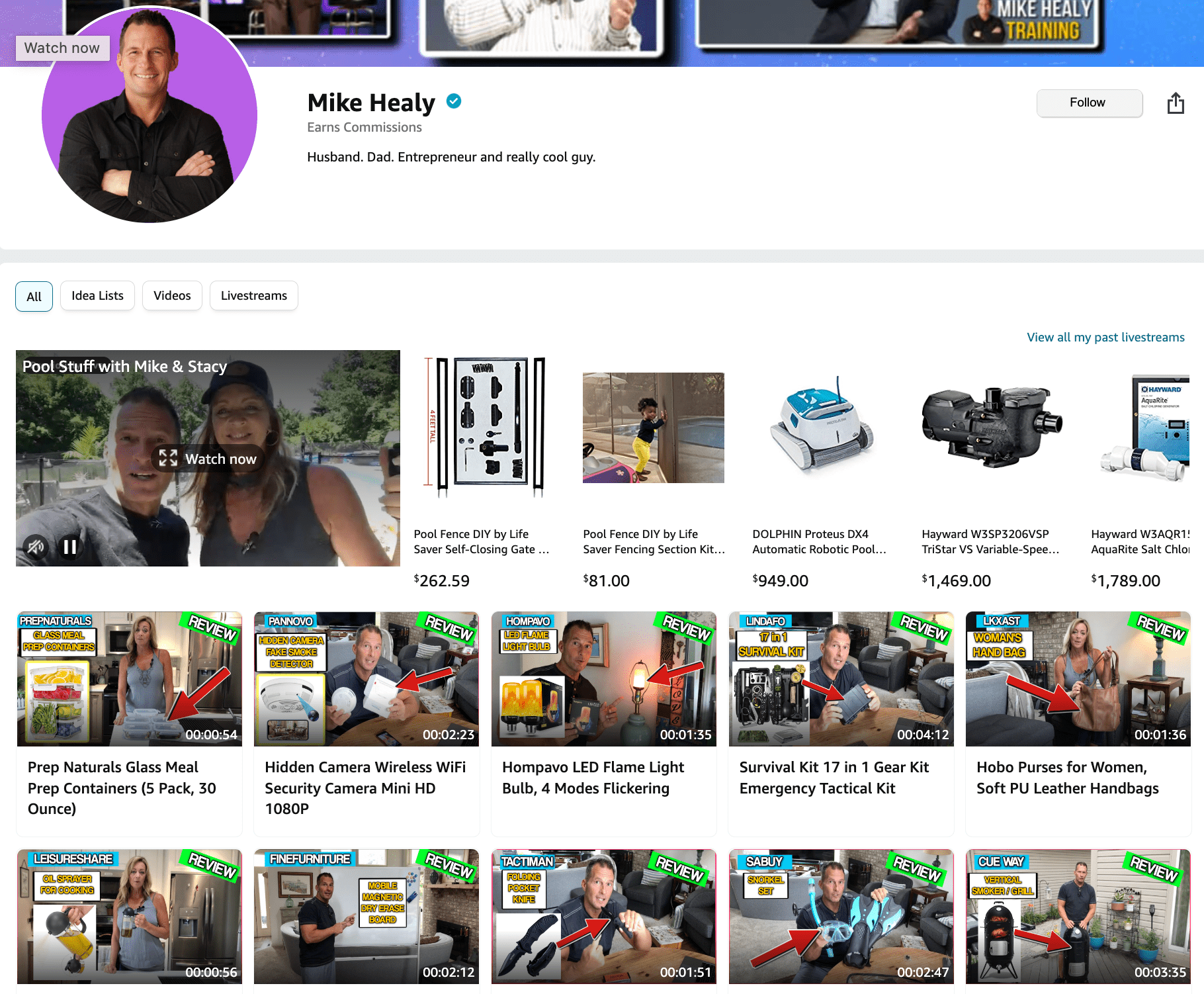
How to Make More Money as an Amazon Affiliate
Choose a niche or a theme. As mentioned earlier, Amazon affiliate commission rates vary, depending on the product category. You can choose to review and promote products in a particular niche, preferably one that has a higher rate and a decent search volume. If you have a website that specializes in beauty products, for example, it wouldn’t make much sense to be promoting gardening tools.
Fortunately, you don’t need to pick just one niche for your site. You can review multiple products as long as you establish your site as a review site, just like Wirecutter.
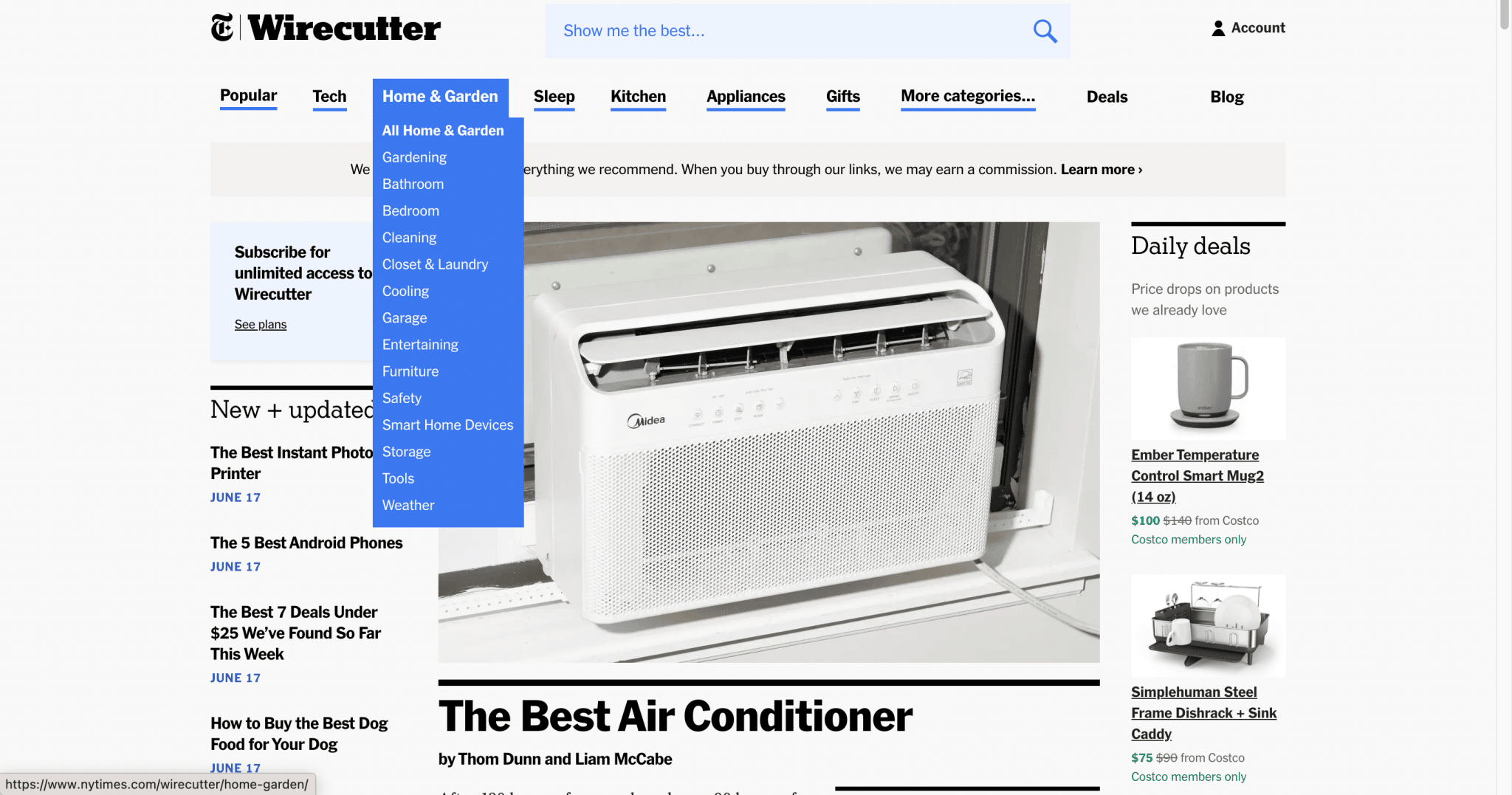
Make use of roundups. Taking a page from Wirecutter’s playbook, content that round up the top or best products in a category are really good for affiliate links for two main reasons. First, most people who search for these terms, e.g., “top 5 best laptops for students in 2022,” are probably doing so because they are planning on buying in the near future. Second, you get the chance to promote multiple products, i.e., multiple affiliate links in one article or video.
Consider the Top 5 Picks Youtube channel. They produce videos reviewing and rounding up the top 5 products in various categories.
When you click on a video and like a product they reviewed, you don’t have to manually search for the products on Amazon because the affiliate links are in the description box. They even have different links for different Amazon marketplaces.
Make original content consistently. There was a time when you can get away with just copy-pasting reviews from other sites. But with more affiliate marketers around, you have to stand out by producing original content—yes, it helps to actually use the products before writing up something.
Use multiple platforms. There are many social media platforms around, and it’s usually free to sign up. Got a Youtube channel? Insert your links in the description box. Or you can share them on Instagram via My Day. Affiliate commissions are results-based, so the more you get the word out there, the more chances you have of increasing your revenue.
Wrapping Up
Building an Amazon affiliate website and becoming an Amazon Associate is not rocket science. While some consider the Amazon affiliate program outdated and useless, others continue using it to make money. So it all depends on the effort you put into it and your limits. However, remember that limits only exist in your head. Break a leg!
